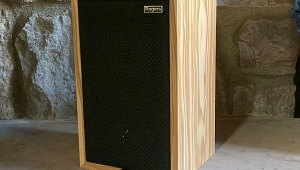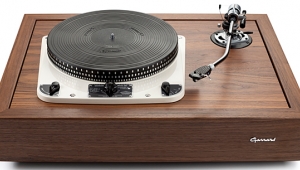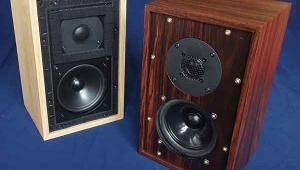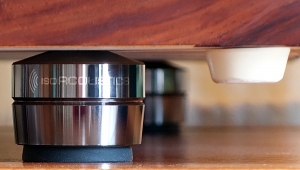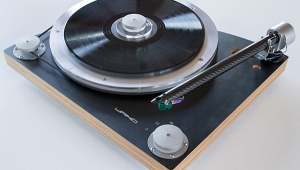| Columns Retired Columns & Blogs |
Art,
With all due respect, I don't think you mated the correct SUT to the EMT. It's 1.05 mV, but it can exceed 3 mV if playing loud electronic music as an example. 10x would mean you can have 30 mV going into the preamp, which is very likely at least double what it can handle without distortion.



